
It ended at a red light. Not with sirens or a chase, not even an argument—just a quiet intersection in mid-city Los Angeles, a puff of exhaust from a Chevy Impala, and six shots that turned a rap legend into a crime statistic.
Christopher Wallace, better known as The Notorious B.I.G., had flown to L.A. to promote his upcoming double album Life After Death. It was March 1997. He was 24. The city was still raw from Tupac Shakur’s killing six months earlier, and the air around Biggie felt charged in a way that wasn’t just promotional—it was premonitory.
On the night of March 8, Biggie attended a high-wattage after-party hosted by Vibe, Qwest Records, and Tanqueray at the Petersen Automotive Museum on Wilshire. This was Soul Train weekend, which meant the guest list was absurd: artists, athletes, executives, comedians, and anyone else who mattered in 1997. The museum filled past legal limits. Eventually, the fire marshal shut it down. That detail matters.
Because shortly after 12:30 a.m. on March 9, Biggie climbed into a black Suburban outside the Petersen. He took the front passenger seat. Sean “Puff Daddy” Combs rode in a separate SUV ahead. The Bad Boy convoy pulled west on Wilshire and hit the red at South Fairfax. That’s when a dark Impala SS—a mid-’90s model—crept up.
Witnesses later described the driver as a Black man wearing a powder-blue suit and bow tie. He rolled down the window. Six shots were fired from a 9mm. Four hit Biggie. One was fatal.
He was pronounced dead at 1:15 a.m. at Cedars-Sinai Medical Center after emergency thoracic surgery failed. The autopsy—sealed until 2012—revealed a single bullet had entered through his right hip, slicing upward through his colon, liver, heart, and lung before lodging near his left shoulder. The other wounds, to the forearm, back, and thigh, weren’t fatal. There were no drugs or alcohol in his system.
News of Biggie’s murder traveled instantly. Within hours, the radio looped “Juicy” and “Big Poppa.” Vigils formed in Brooklyn and Baldwin Hills. For the second time in six months, a superstar rapper had been killed by drive-by—and once again, the shooter had disappeared. The headlines wrote themselves: East Coast vs. West Coast. Hip-hop warzone. Retaliation. Unsolved.
But beneath the media shorthand was a criminal case that spiraled into bureaucratic fog. The LAPD’s investigation led nowhere. No arrests. No clear motive. No weapon recovered. In 2002, Biggie’s family filed a wrongful death lawsuit against the City of Los Angeles, alleging not just police failure but actual LAPD involvement in his killing. The theory—aired in court and media alike—suggested a web of rogue officers, gang ties, and willful obstruction.
The 2005 civil trial collapsed after explosive revelations: key evidence had been deliberately withheld from the Wallace family’s legal team. The judge declared a mistrial and sanctioned the city $1.1 million. The family refiled, but the suit was ultimately dismissed in 2010. No one from the LAPD was ever criminally charged.
In the vacuum, theories flourished. The most enduring came from retired LAPD detective Greg Kading, whose book and documentary Murder Rap point the finger at Suge Knight. According to Kading, Knight orchestrated the hit as revenge for Tupac’s death, allegedly carried out by gang member Wardell “Poochie” Fouse. Fouse, conveniently, was murdered in 2003. The narrative is tidy, implicates no current officials, and wraps itself in the authority of “insider knowledge.” It has never been proven.
Other theories explored deeper LAPD corruption. Names like David Mack and Amir Muhammad emerged—tied to bank robberies, Nation of Islam affiliations, and off-duty behavior that smelled like conspiracy fuel. Some of these leads were walked back. Others simply vanished into the procedural haze.
The only new development in the decade that followed came in 2012, when the L.A. County Coroner unsealed Biggie’s autopsy report. The stated goal was to spark public tips. What it actually revealed was how little had changed: one fatal round, three survivable ones, and still no suspect in custody. The LAPD failed to notify Biggie’s family before the report went public. They apologized. The Wallaces were not impressed.
As of 2025, the case is still open. Still “actively investigated,” per LAPD spokespersons. Still unsolved. No statute of limitations applies to murder, which sounds hopeful until you realize the primary suspects are dead, the evidence is cold, and the public’s faith in institutional accountability has worn thin.
What does remain is the cultural residue. The Wilshire and Fairfax intersection has become an eerie landmark. The Petersen Museum now hosts car enthusiasts unaware of what happened on its curb at 12:45 a.m. Cedars-Sinai, ever a place of Hollywood endings, was the last stop on a night that reshaped music history.
Biggie’s mother, Voletta Wallace, remained a tireless voice for justice until her death in 2025. She never saw her son’s killer face a courtroom.
Twenty-eight years later, the crime scene is frozen in amber: a red light, a black Suburban, a bow tie in a window, and four bullets that changed everything.

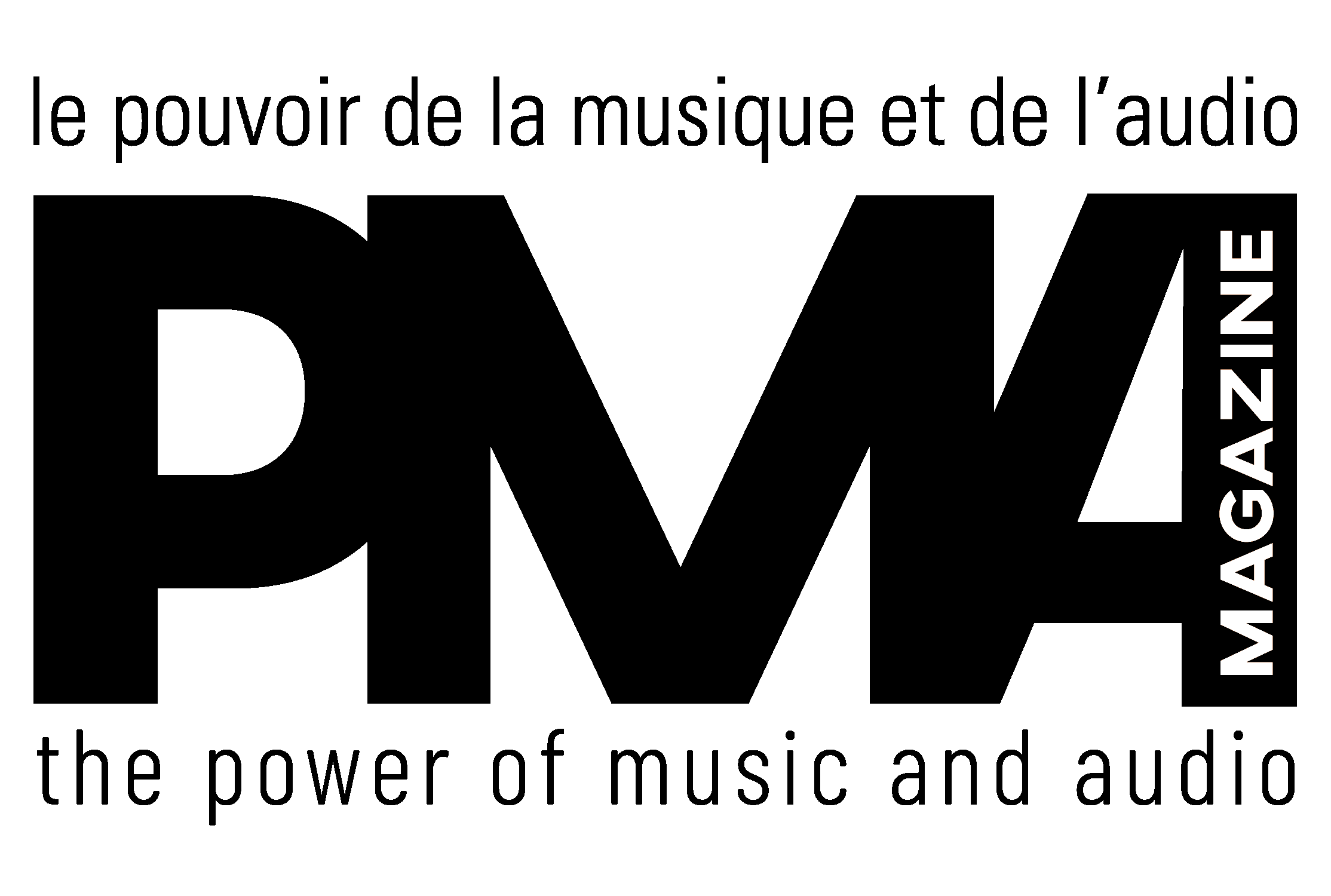

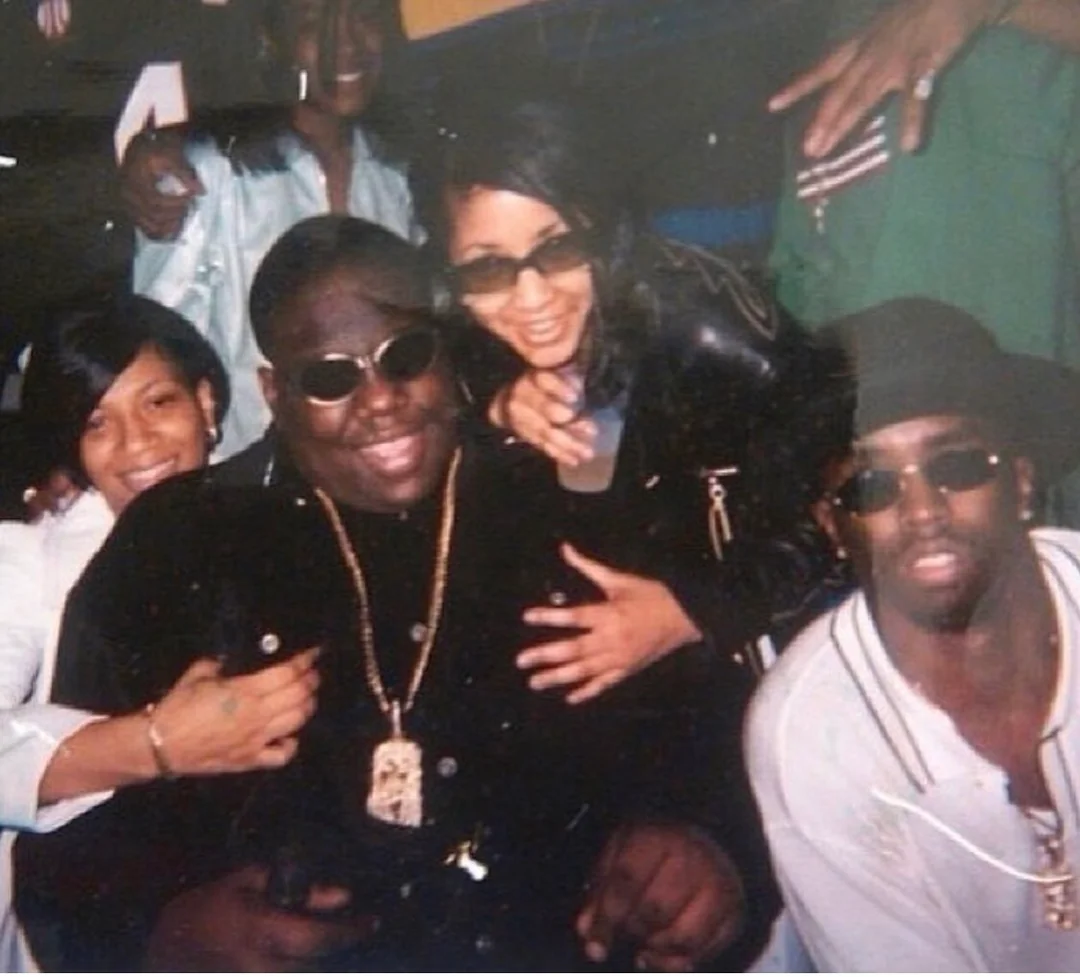
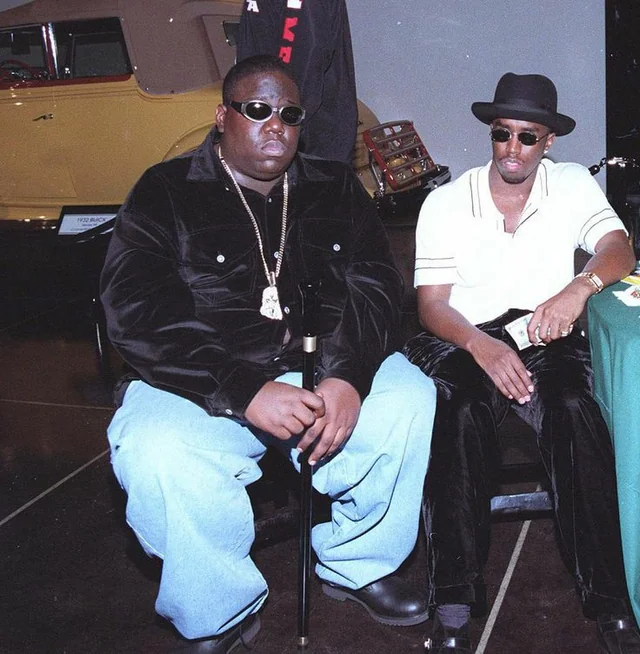

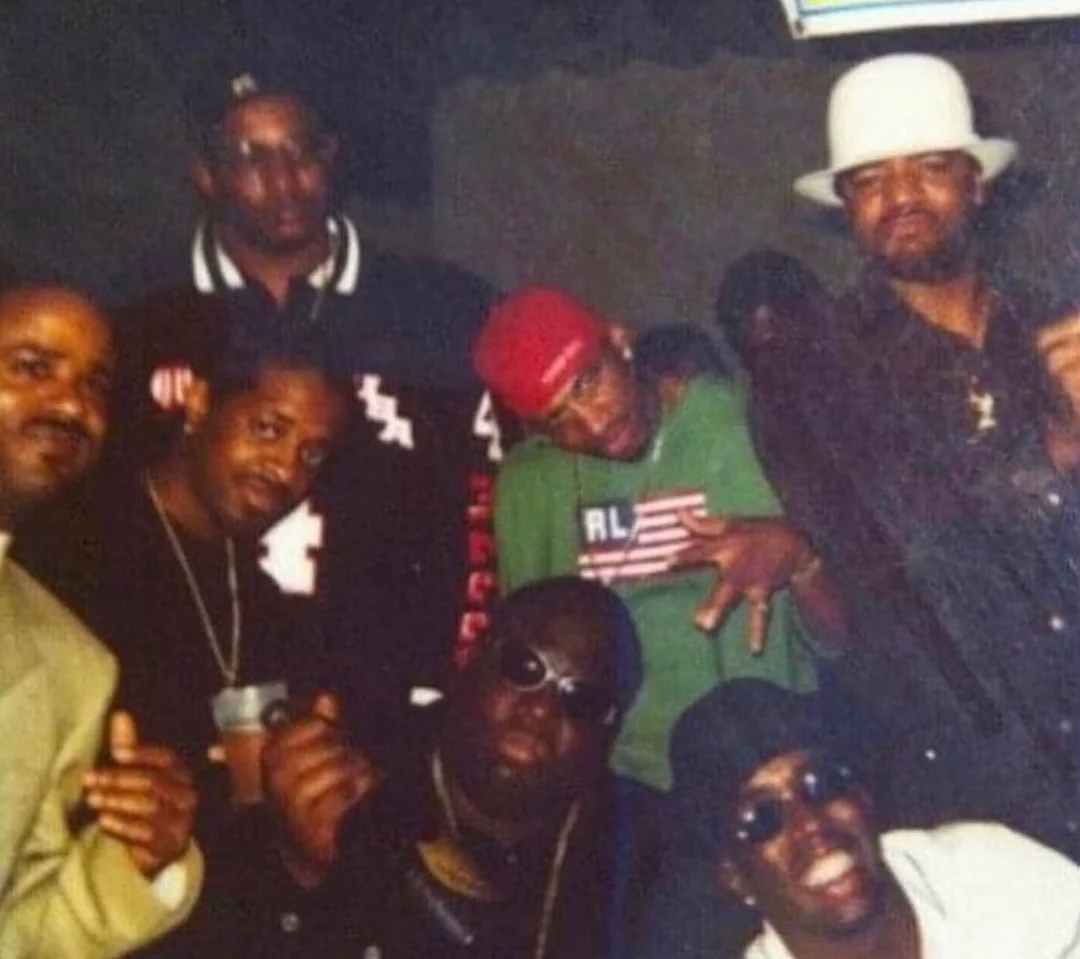

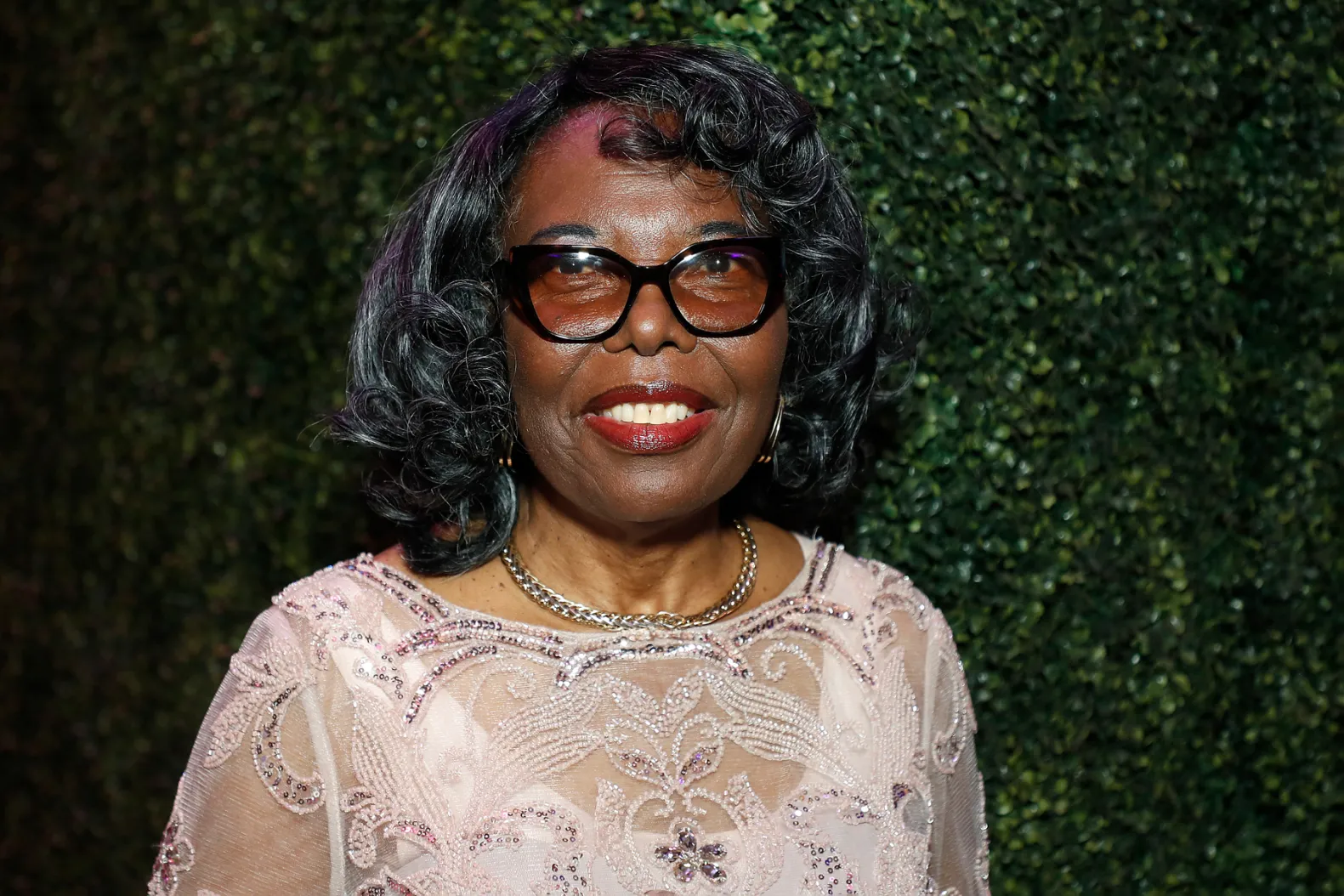




Leave a Reply